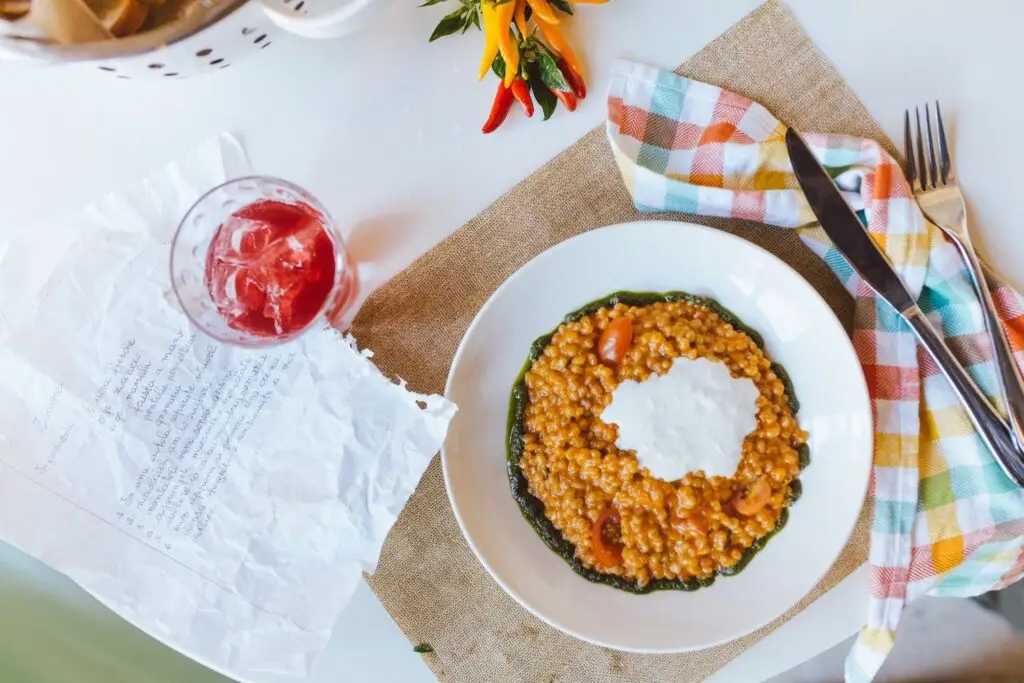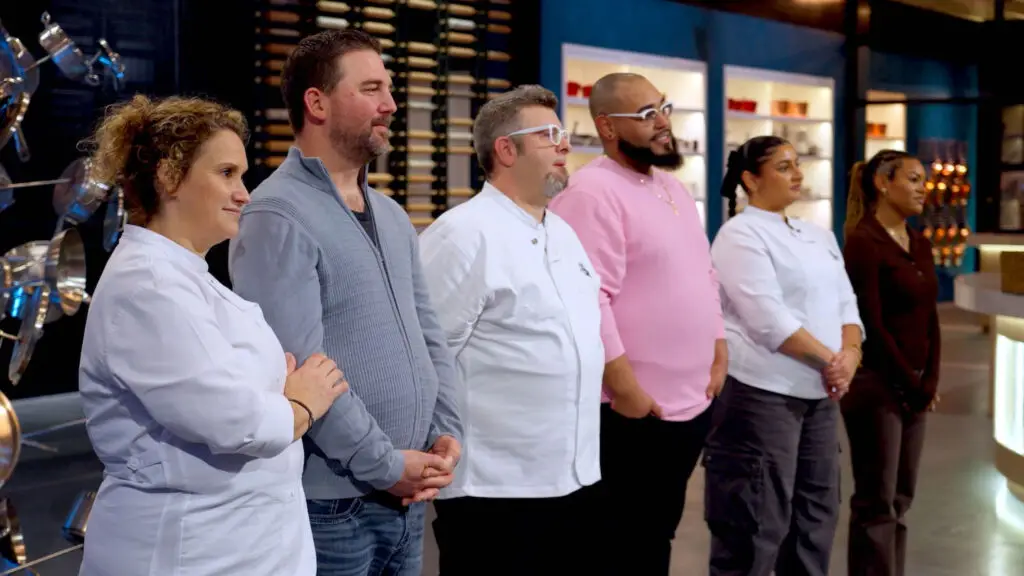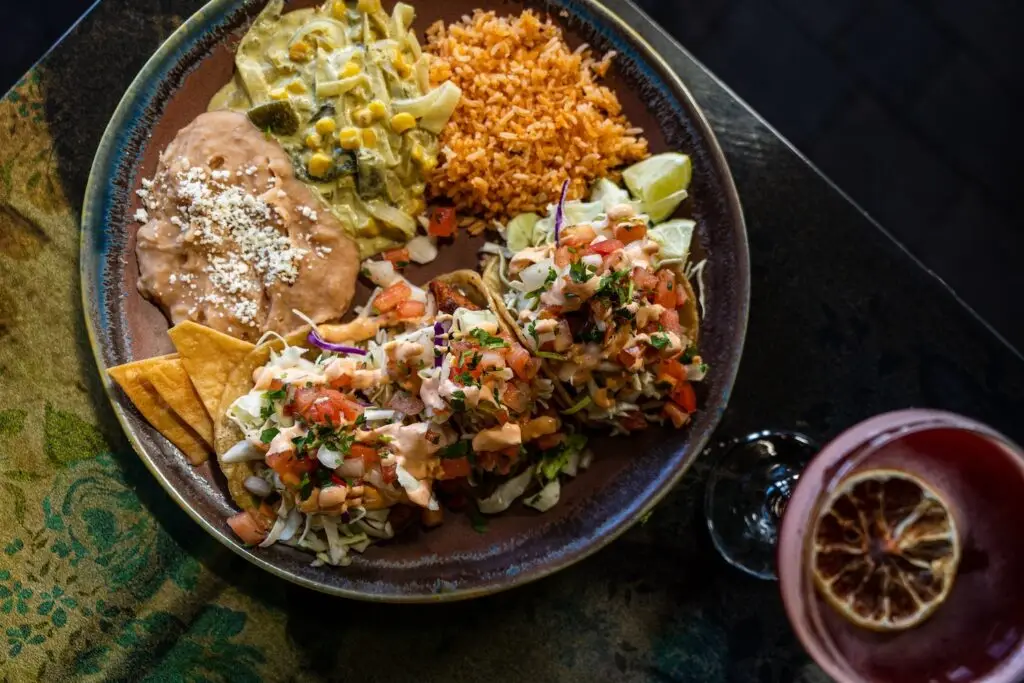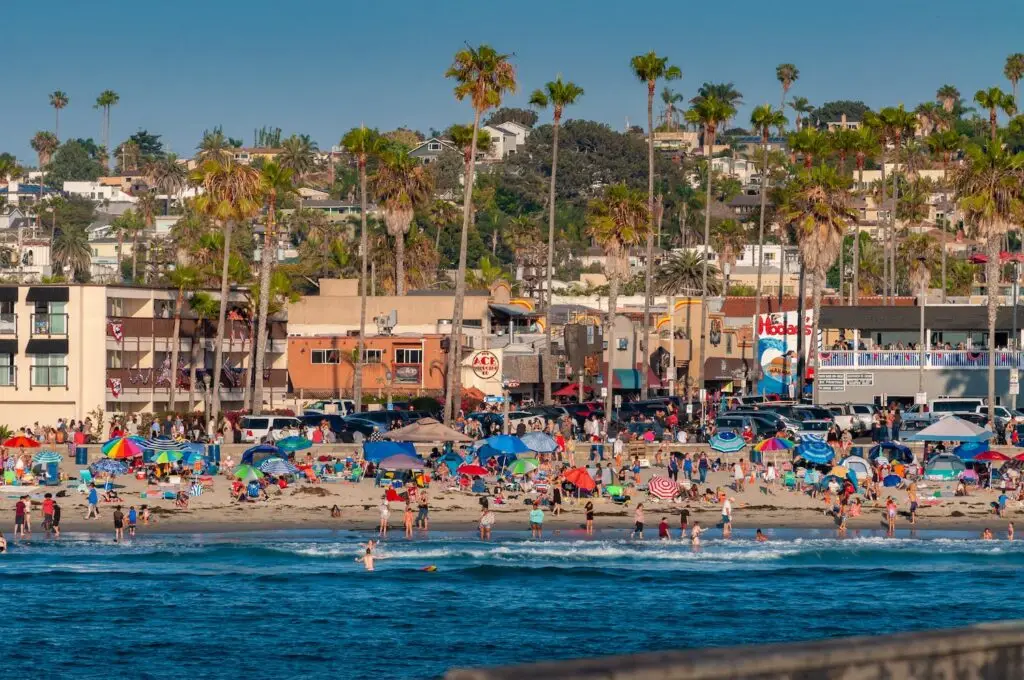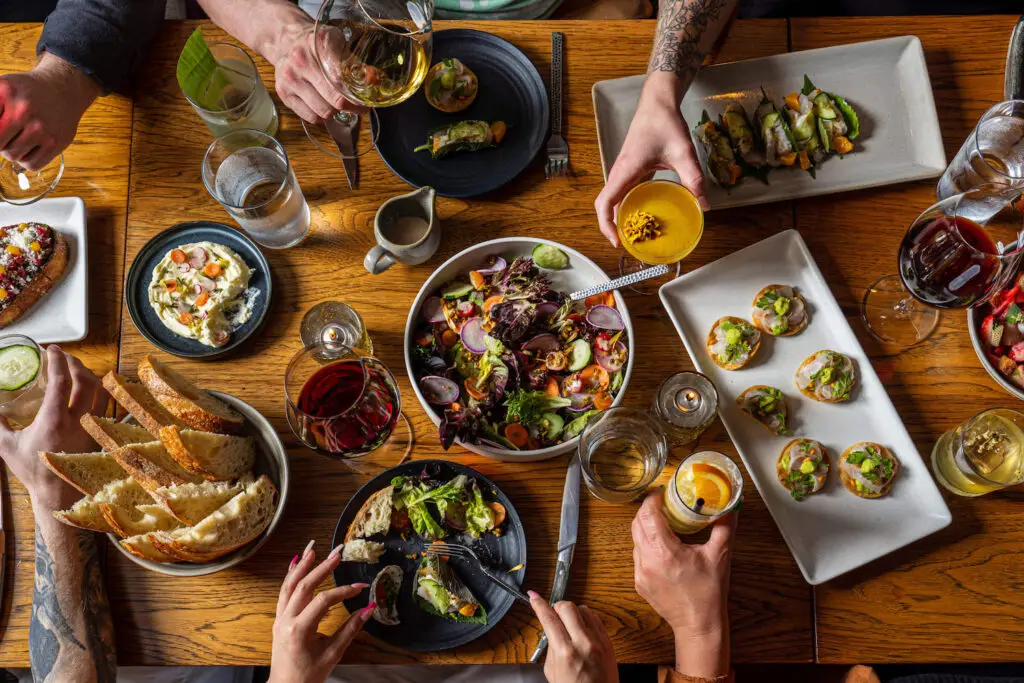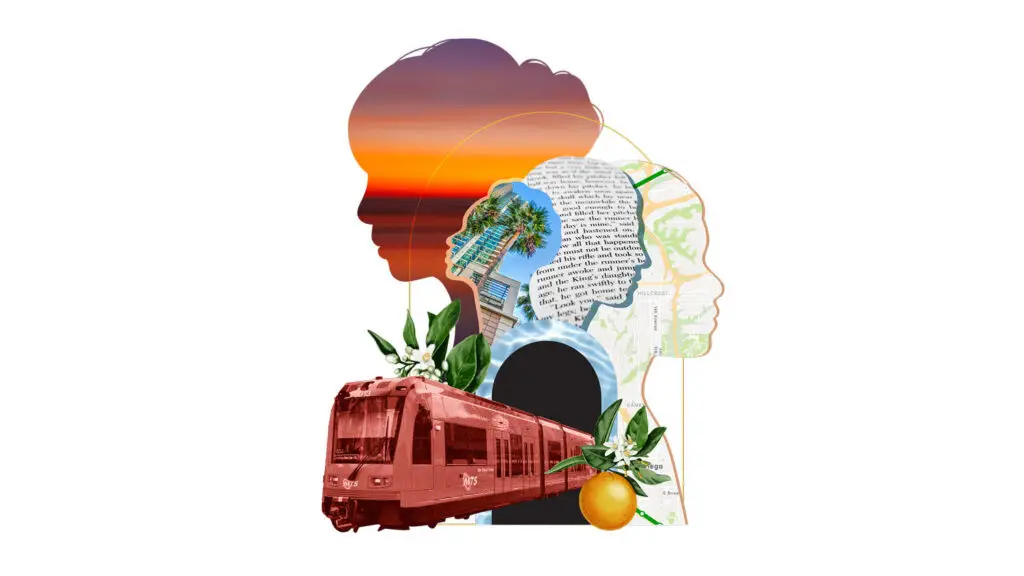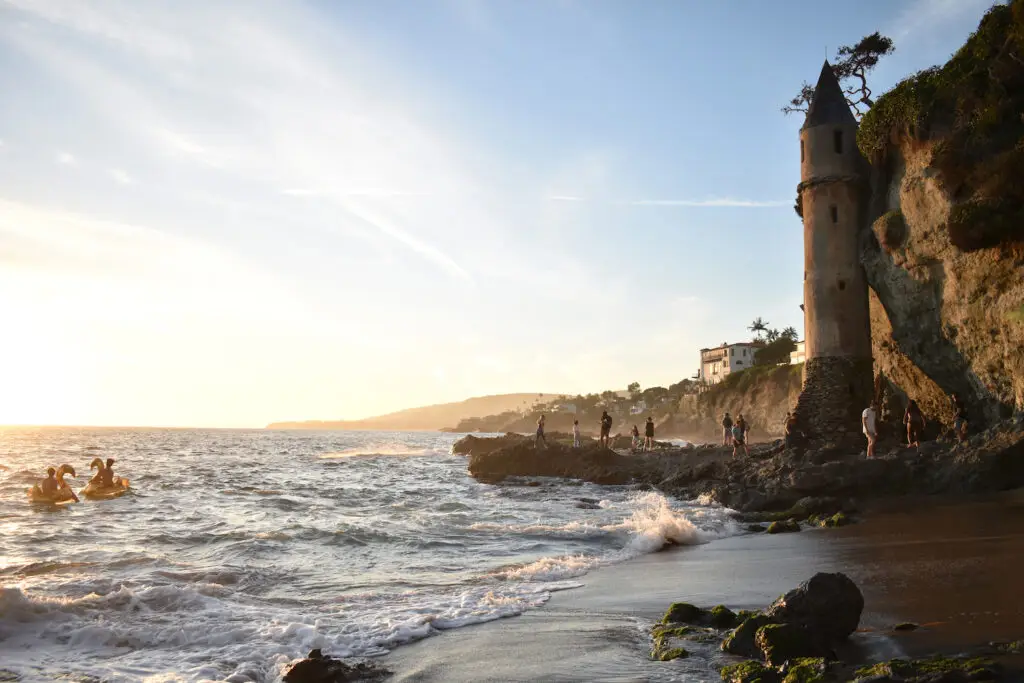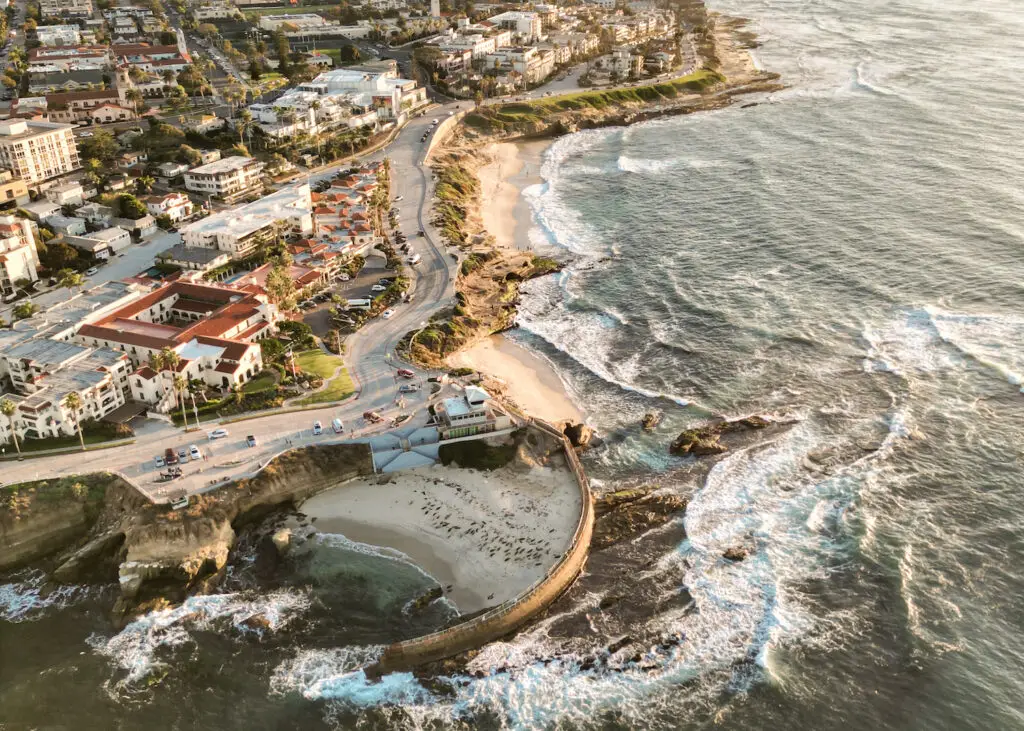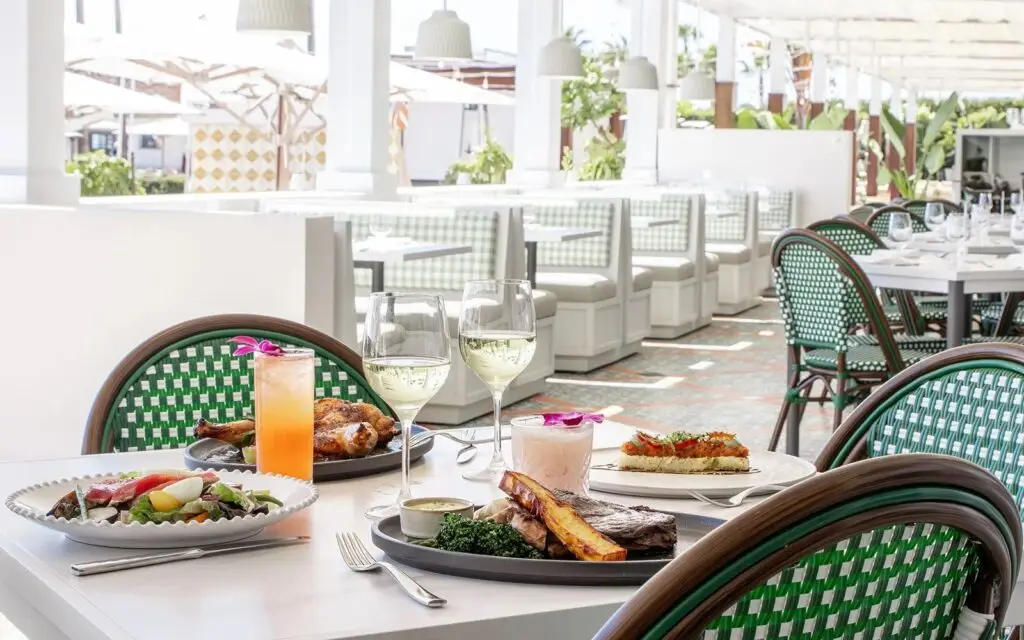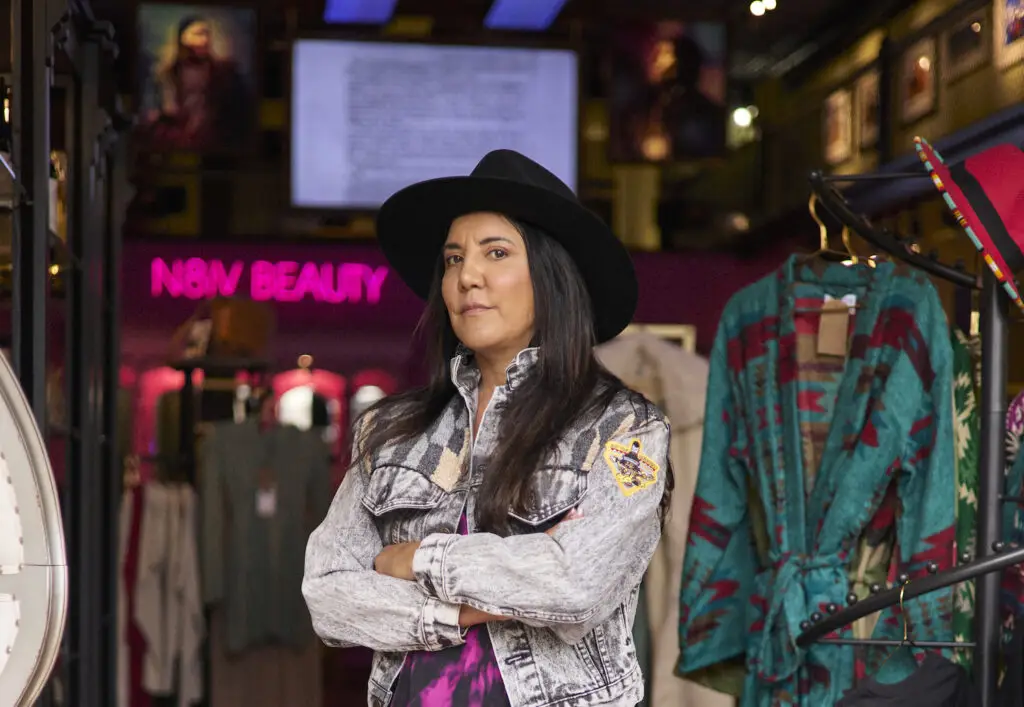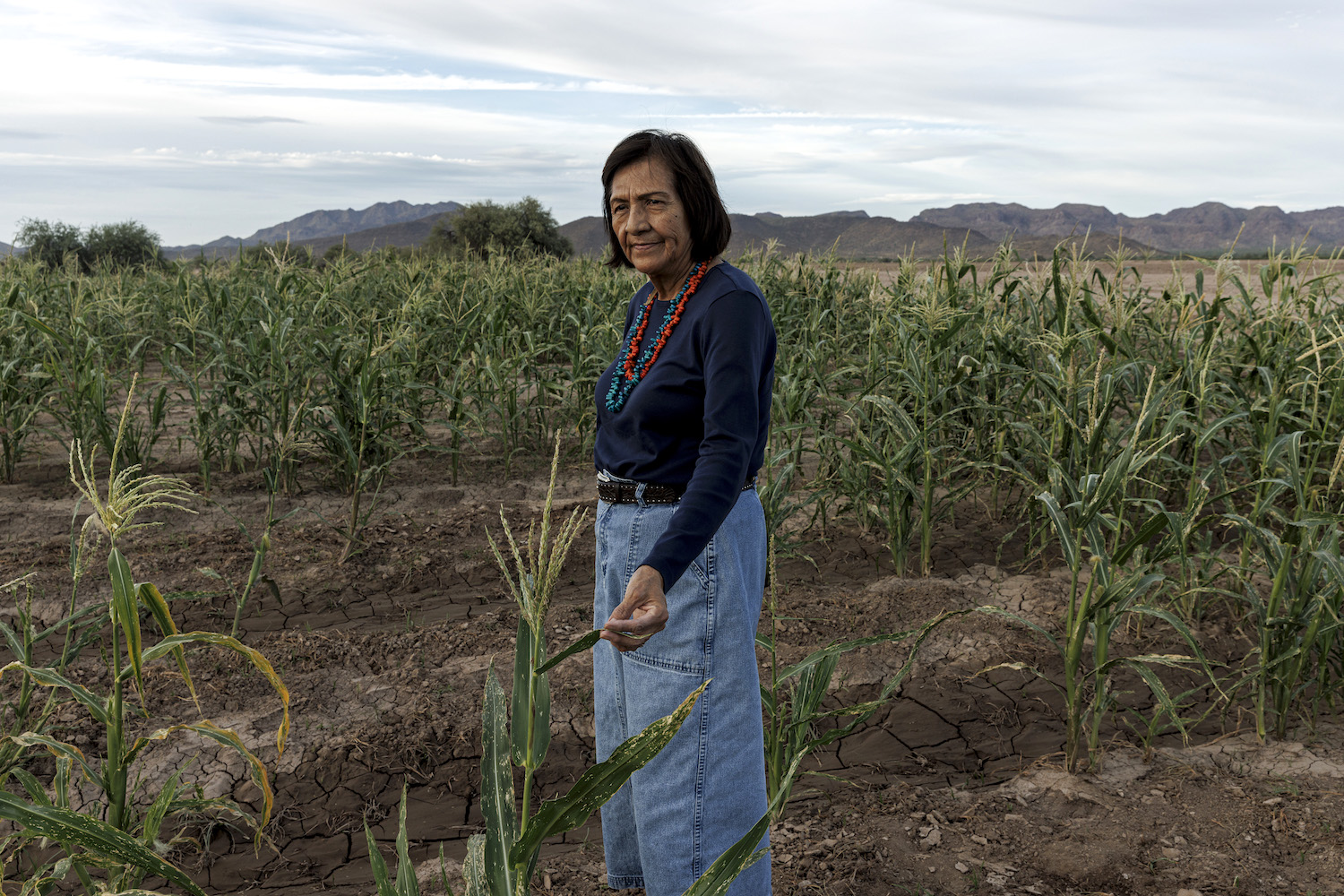After I pick up my friend Adrienne at the Phoenix Airport, we head straight to the Heard Museum, an organization dedicated to advancing American Indian art.
Part of this girl’s trip is unconventional: We’ve planned days of touring Indigenous-owned farms in the heat of Arizona June. But Adrienne, whose late father was an Oklahoma farmer, and I, a food writer who explores Indigenous foodways, are excited.
At the Heard Museum, we see baskets, ceramics, and jewelry from many Indigenous nations of this area, including the Navajo, Yavapai, Havasupai, Yaqui, Maricopa, and Tohono O’odham. It is the perfect place to begin learning about the foods we are about to experience: cholla buds, 60-day corn, tepary beans, yellow-meated watermelon, squash.
As Black women with family from the South, there is so much here Adrienne and I can relate to, especially resilience through colonization and the importance of reclaiming heritage foods.
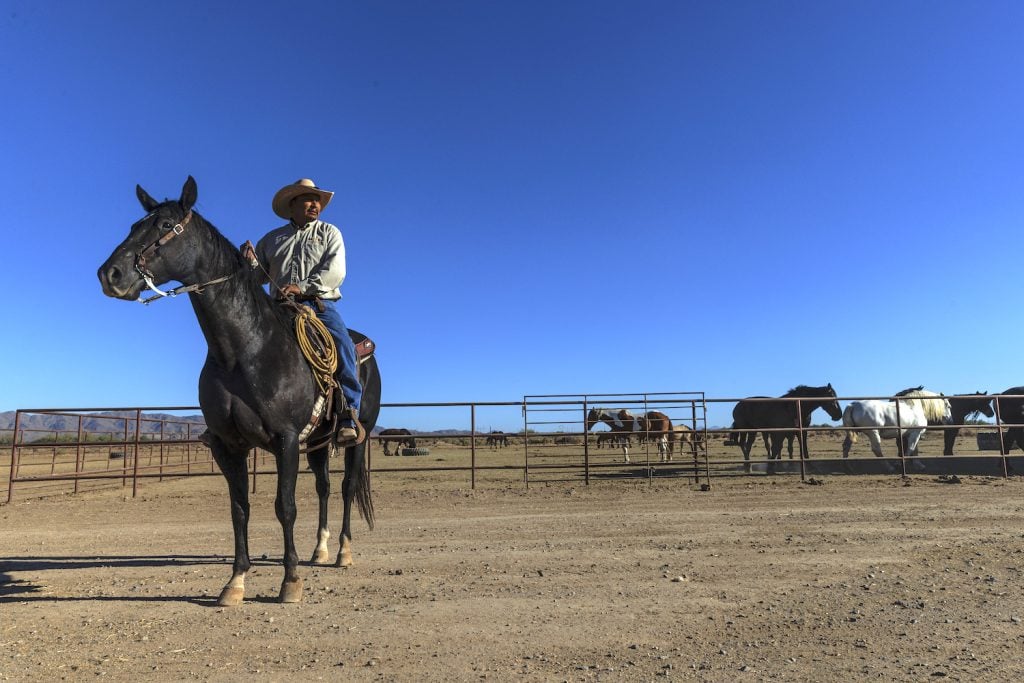
Chuck Pablo, the owner of Koli Equestrian Center at Wild Horse Pass.
We check into the Sheraton at Wild Horse Pass, an immense Native-owned resort located in the Gila River Indian Community, home to the Maricopa and the Akimel O’odham. For us, the most unique part of Wild Horse Pass is Koli, the horse stables. Koli (“corral” in Pima) is owned by Chuck and Robert Pablo, a father-son team. As one of the original wild horse and cattle wranglers the resort hired, Chuck’s been here at Wild Horse Pass for 21 years, and his family has been operating the stables for 17 of them.
After a ride, we speak to Chuck about his childhood. “People used to grow squash, watermelon, corn, and honeydew,” Chuck tells us. “I remember as a kid going to one of the community member’s houses. They farmed all these crops. If you helped pick it, you took stuff home. My mom and dad went to help with picking and we went to play with the kids, and then, after, we all had a feast.”
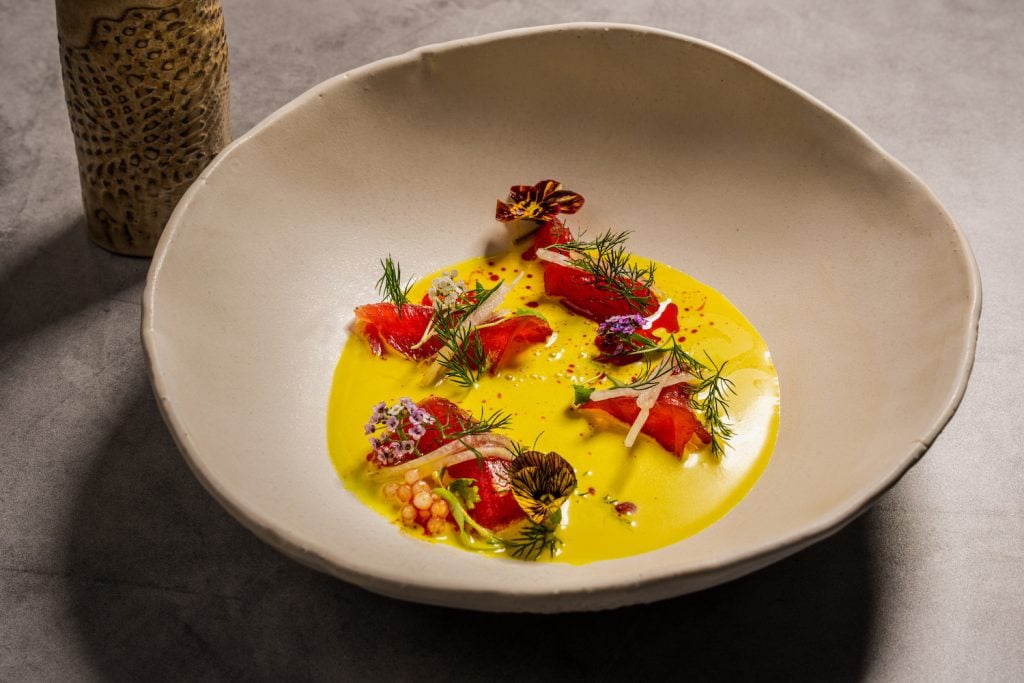
Tuna crudo with a corn and coconut broth at Tia Carmen in Phoenix, where the menu shines with heirloom and Indigenous foods.
He recalls the adults grinding mesquite beans into bread and the children plucking the pods directly off the trees as snacks. “They’re so sweet,” he remembers. “They had moisture and nutrition, and that’s how you could be outside all day and still be good.”
That night, we have dinner at Tia Carmen, where the menu makes use of Indigenous and heirloom foods. I order lamb kebabs on a bed of white tepary bean purée. The tepary beans come from nearby Ramona Farms, owned by Akimel O’odham farmer Ramona Button, her husband Terry, and their daughter Brandy. It’s a preview of what’s to come. I’ll return up here to see Ramona Farms in a few days.
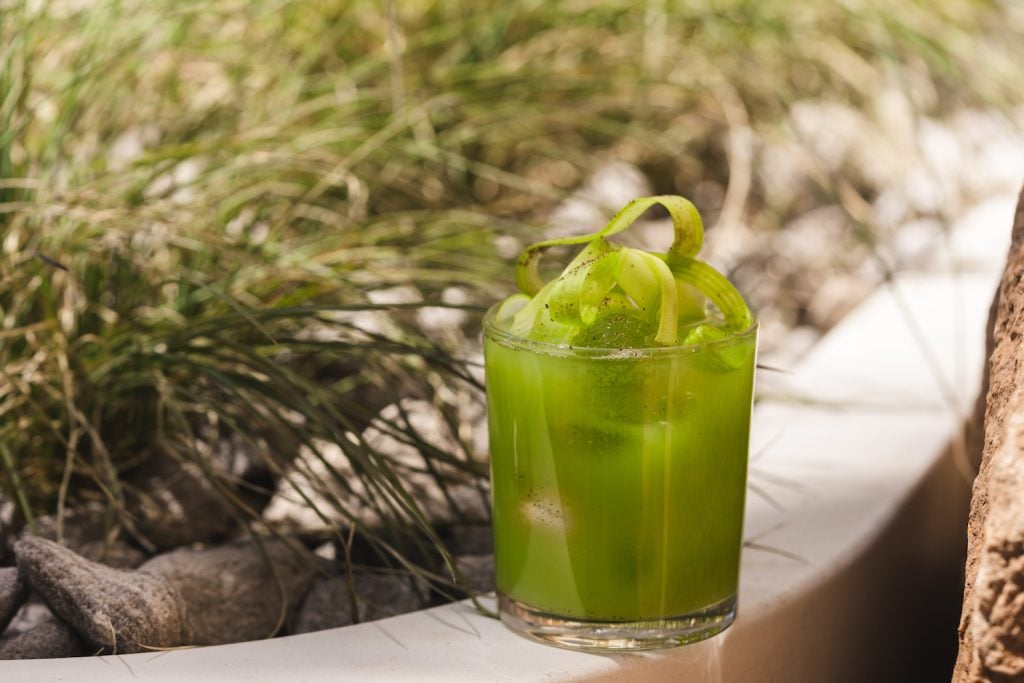
The aguachile margarita at Tia Carmen.
The next day, we check into Canyon Ranch Tuscon, where we’ll spend days lounging by the pool and getting facials at Miraval Resort’s day spa. Then it’s time for our first farm visit in Tucson. At San Xavier Co-Op, a farm on the Tohono O’odham Nation, Adrienne and I meet with Duran Andrews, the farm manager. He shows us around the property (San Xavier offers tours for visitors), pointing out all the parts of this large operation, including their focus on feed and traditional crops like 60-day corn and O’odham peas. For Andrews, Indigenous food sovereignty, especially that of the O’odham people, is why he does this work. “We—Native people—are the foundation of Tucson, of all Arizona,” he says.
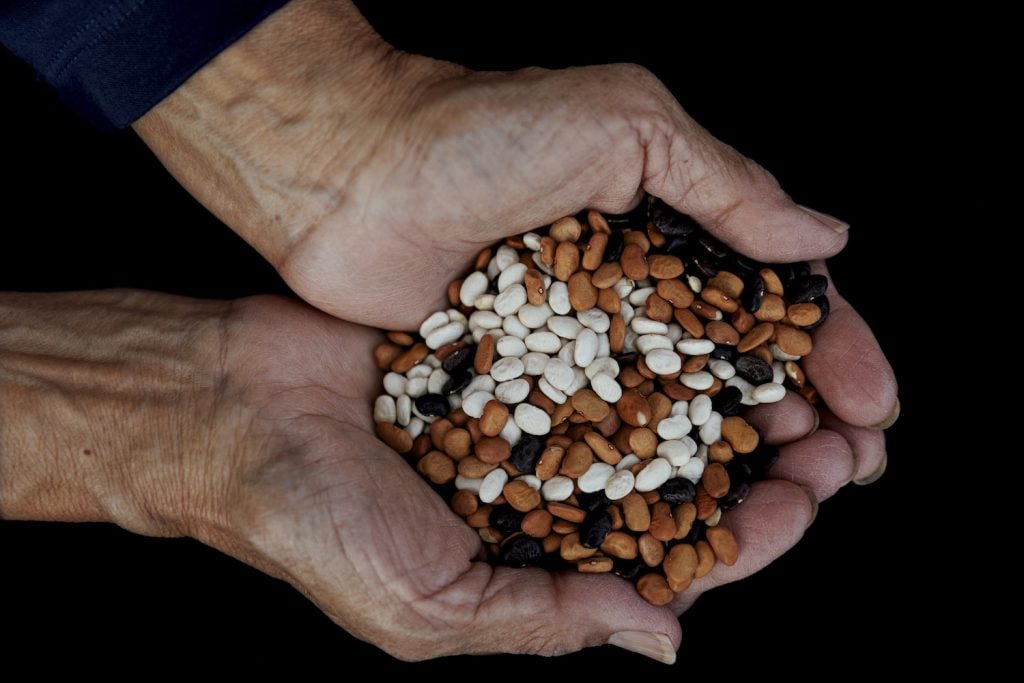
Ramona Button holds tepary beans, which were nearly extinct in the region until she found jars of seeds her father had saved.
“A lot of the traditional seeds were provided by the community members when we established the farm,” Andrews continues. “These seeds are unique. They’re not something you can just buy. We have to understand how to grow [the crops] and meet the demands for sales, but also have enough seeds to preserve them for the future and for the community.”
Andrews takes us to the store on the property, where Adrienne and I buy mesquite flour, honey, saguaro seeds, and dried cholla buds, which Andrews tells us are powerhouses of calcium.
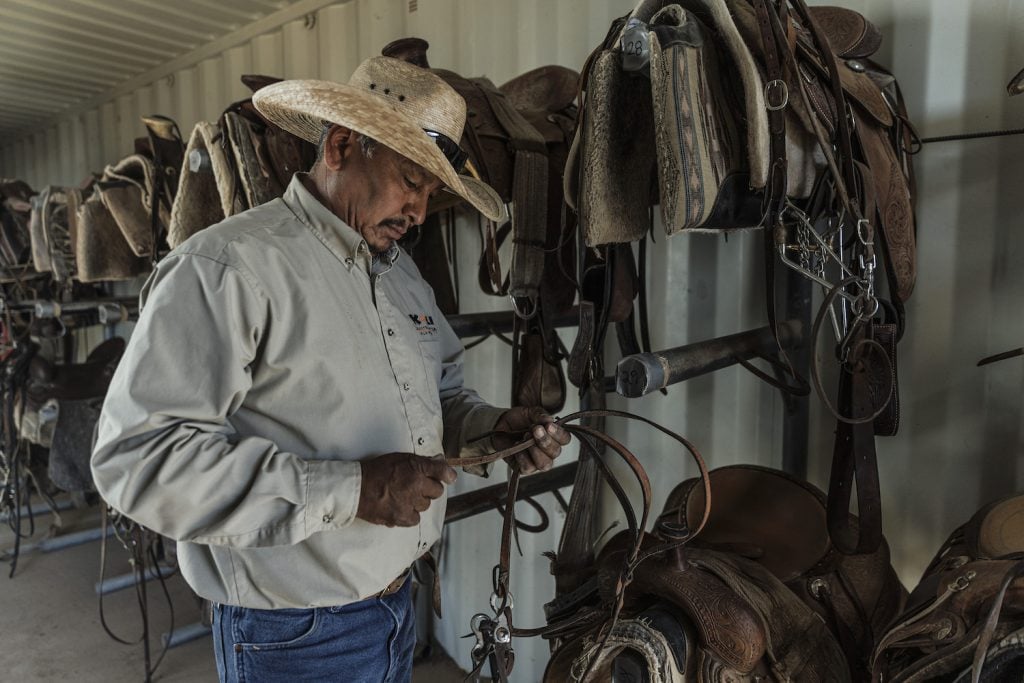
Chuck Pablo has been at Wild Horse Pass for 21 years. His family has operated the stables for 17 of them.
The night before we leave Tucson, Adrienne and I go to Café Santa Rosa, a dive bar and community hub owned by members of the Yaqui and Tohono O’odham communities. We share a red chili popover, nearly moaning over the flakiness of the frybread and the smooth, umami flavor of the red chili.
After a long drive back to Phoenix, Adrienne and I say goodbye. She heads to the airport, while I go to my downtown hotel, Kimpton Hotel Palomar. Later, I meet Felicia Cocotzin Ruiz, a curandera (healer), author, and Indigenous food activist, at her home for coffee.
She gives me some advice for my article: Rather than viewing everything I am seeing through the lens of the past, I must understand that this is Indigenous future and present, as well. “So often we’re treated as something only ancient and that makes it easier to ignore us,” she says. “But we are ancient and we are also here, now.”
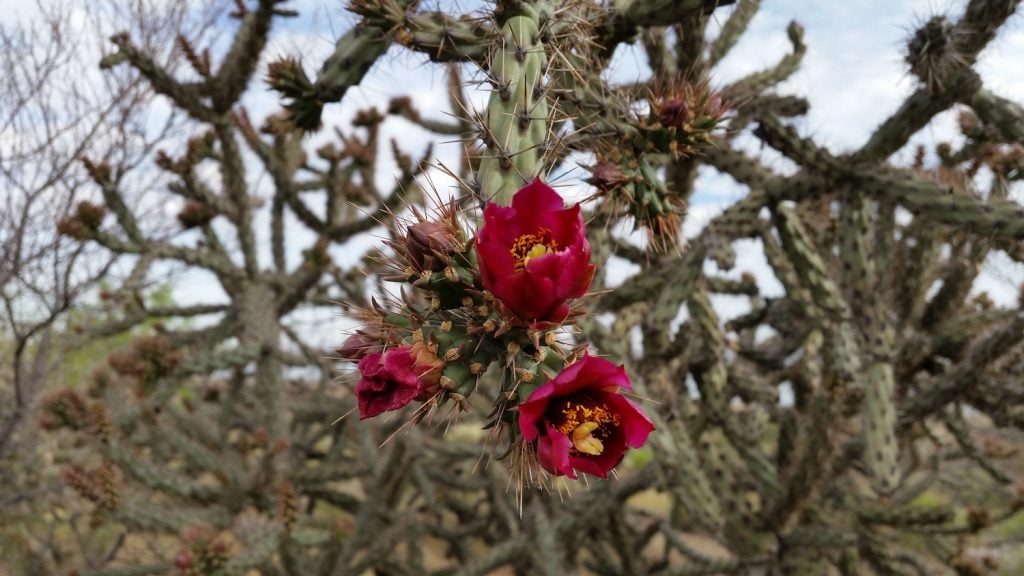
Cholla buds in bloom at San Xavier Co-op Farm on the Tohono O’odham Nation.
With Ruiz’s advice to look towards the future, I finally go to Ramona Farms in the Gila River Indian Community. I wait outside the farm office until Ramona and Terry pull up in a big pick-up truck.
Terry tells me how Indigenous elders taught him to hunt with a bow and arrow. He recalls all the things he used to catch with it: rabbit, quail, even bigger game like elk in South Dakota.
We talk for hours, mostly about their beginnings. Ramona’s father was a seedsaver, a person who preserves vital heritage seeds for the community, as well as a farmer, tailor, and cobbler. He never spoke English, just Pima and O’odham.
“He taught me how important it was to pass these products into the future,” Ramona says. “When he passed away, I found the white and brown tepary beans in a glass jar in an old trunk. I remembered my father saying, ‘Go back to your foods, because you’re going to need them. It’s vital
to your health.’”
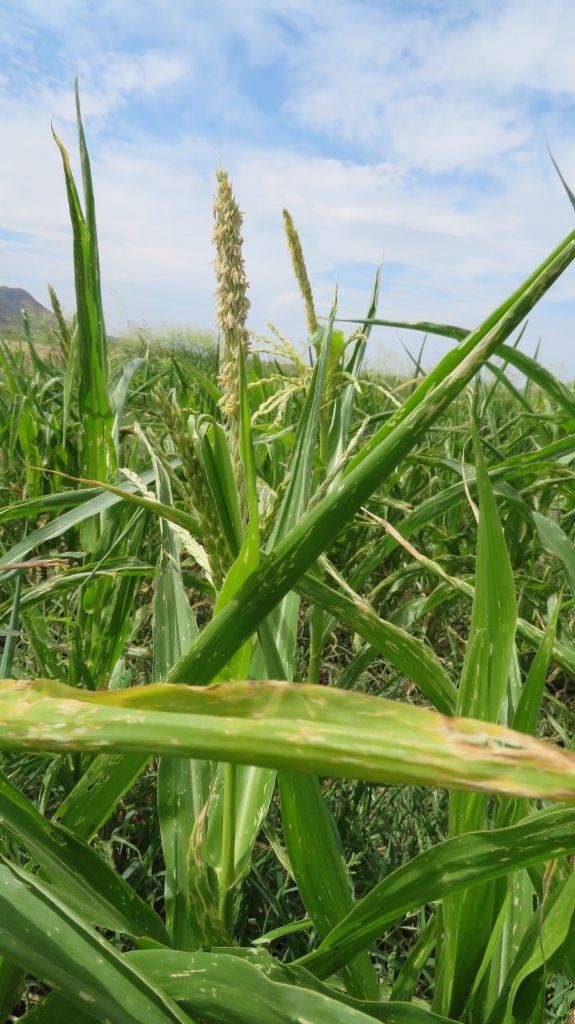
Corn at San Xavier Co-op Farm
Terry and Ramona married in 1972. “They had an ancient farming tradition when I first came here,” Terry says. “The Pima and Maricopa here diverted waters from the Gila and grew a complex variety of crops, with staple crops being tepary and 60-day corn, as well as wheat, which came from the Spanish. They also grew tobacco and cotton. But then the government came out with commodity food programs, and the water dried up.” These shifts impacted Indigenous farmers’ ability to produce heirloom crops.
When Indigenous activists and others pushed forward the passage of the Arizona Water Settlement Act in 2004, securing funding for the Gila River Indian Community to rehabilitate and expand their water infrastructure, Ramona and Terry were able to grow tepary beans more easily—but the younger people had lost the taste for them. As the older generation began to pass away, their business dried up, Terry says.
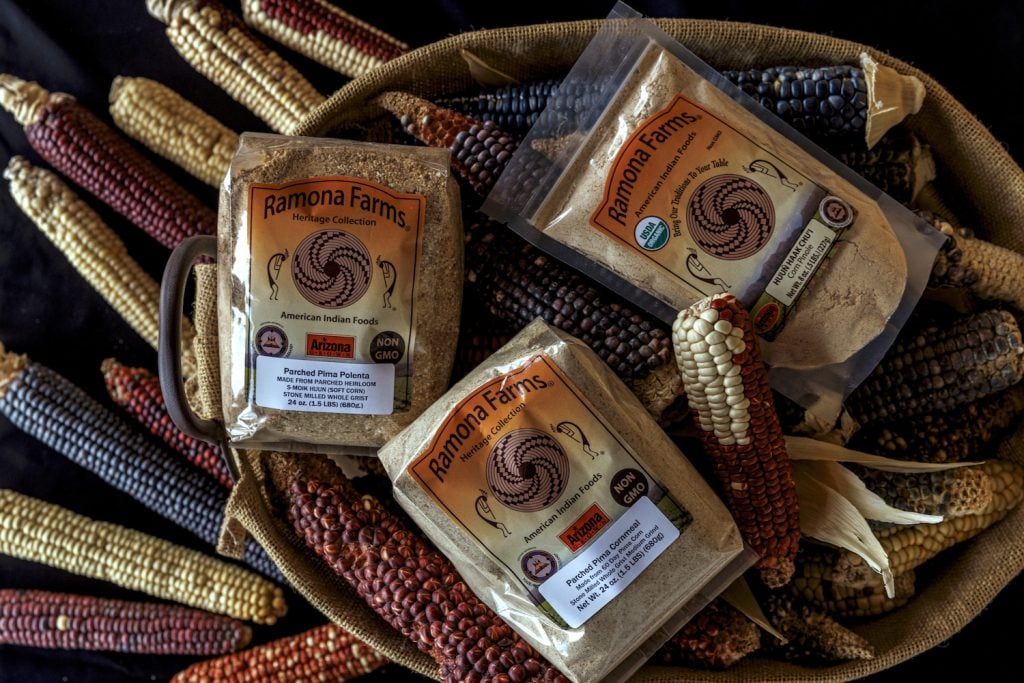
Some of the heirloom corn products available at Ramona Farms.
So Ramona went to work teaching the younger generation about these Indigenous foods’ health benefits and history. Now, you can buy their products in Whole Foods, and younger people in the community love the heritage crops.
We drive around the property for a long time, Ramona and Terry handing me sweet mesquite beans off the tree to eat. They explain how they have a medicine man come and bless the crops. We wind through the fields of Pima cotton to see the few bolls emerging there. It is interesting for me, the granddaughter of sharecroppers, to witness cotton fields as a window to the future, to sovereignty, rather than a trauma of the past.
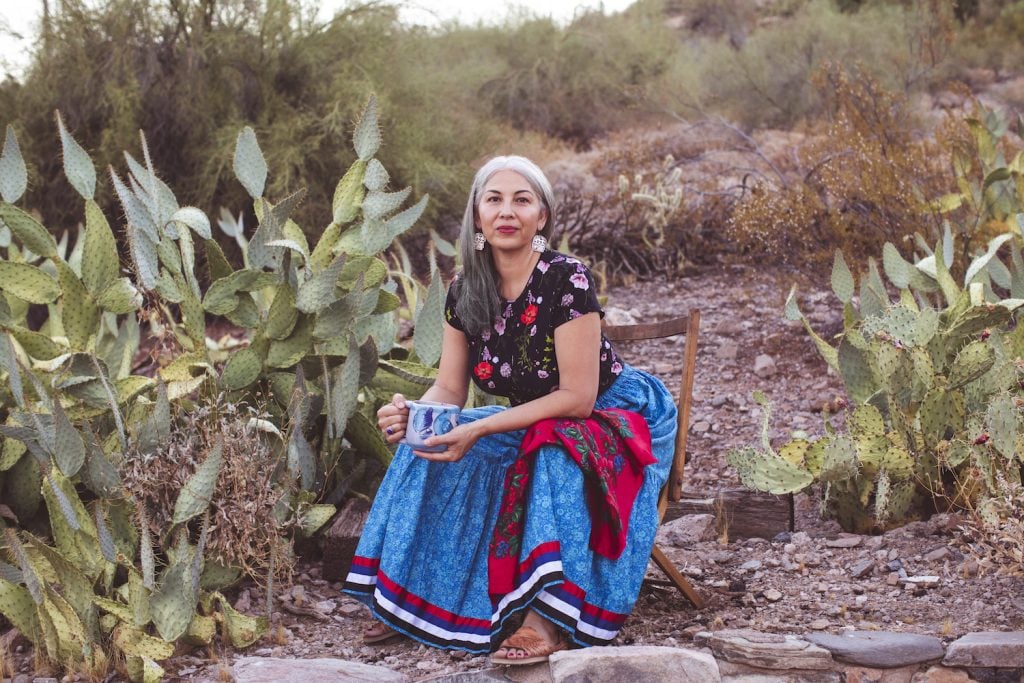
Felicia Cocotzin Ruiz, a curandera, author, and Indigenous food activist in Phoenix.
Ramona takes me to the edge of a field and tells me that this was her family’s original 10-acre allotment. Now, she says, gesturing out to a land that seems endless, their farm consists of more than 4,000 acres, most of which they lease from other families—an immense community effort.
I wish I could stay all day, but I have to catch my train to Chicago, so I say my goodbyes, clutching the bag of Pima cornmeal Ramona sends me off with.
Before I go, I gaze around in the stillness. Because the desert is so dry, you can hear everything. And when I make myself quiet, I do. I hear grasshoppers and ground squirrels and snakes and rabbits and hawks and coyotes.
Here, you can pass under a shaggy mesquite tree and listen to the village of animals making a home underneath it, knowing that tree can give you life, as well. I’ve never seen so much evidence of life as I do here in the desert, here on these farms, where Indigenous past, present, and futures all meet.
